Immunology/Inflammation

The adaptive immune system consists of B and T lymphocytes which mediate humoral immunity (e.g. antibody response) and cell-mediated immunity, respectively. B cell receptor and T cell receptor signaling is responsible for activation of Src family tyrosine kinases, such as Blk, Fyn, and Lyn in B cells and Fyn and Lck in T cells, resulting phosphorylation of the receptor-associated ITAM motifs. Phosphorylated ITAMs serve as the docking sites for Syk family tyrosine kinases, e.g. Syk in B cells and Zap-70 in T cells. Activated Syk kinases then propagate the signals via phosphorylation of downstream proteins. Furthermore, lymphocyte receptor signaling facilitates B and T cell development, differentiation, proliferation and survival.
-
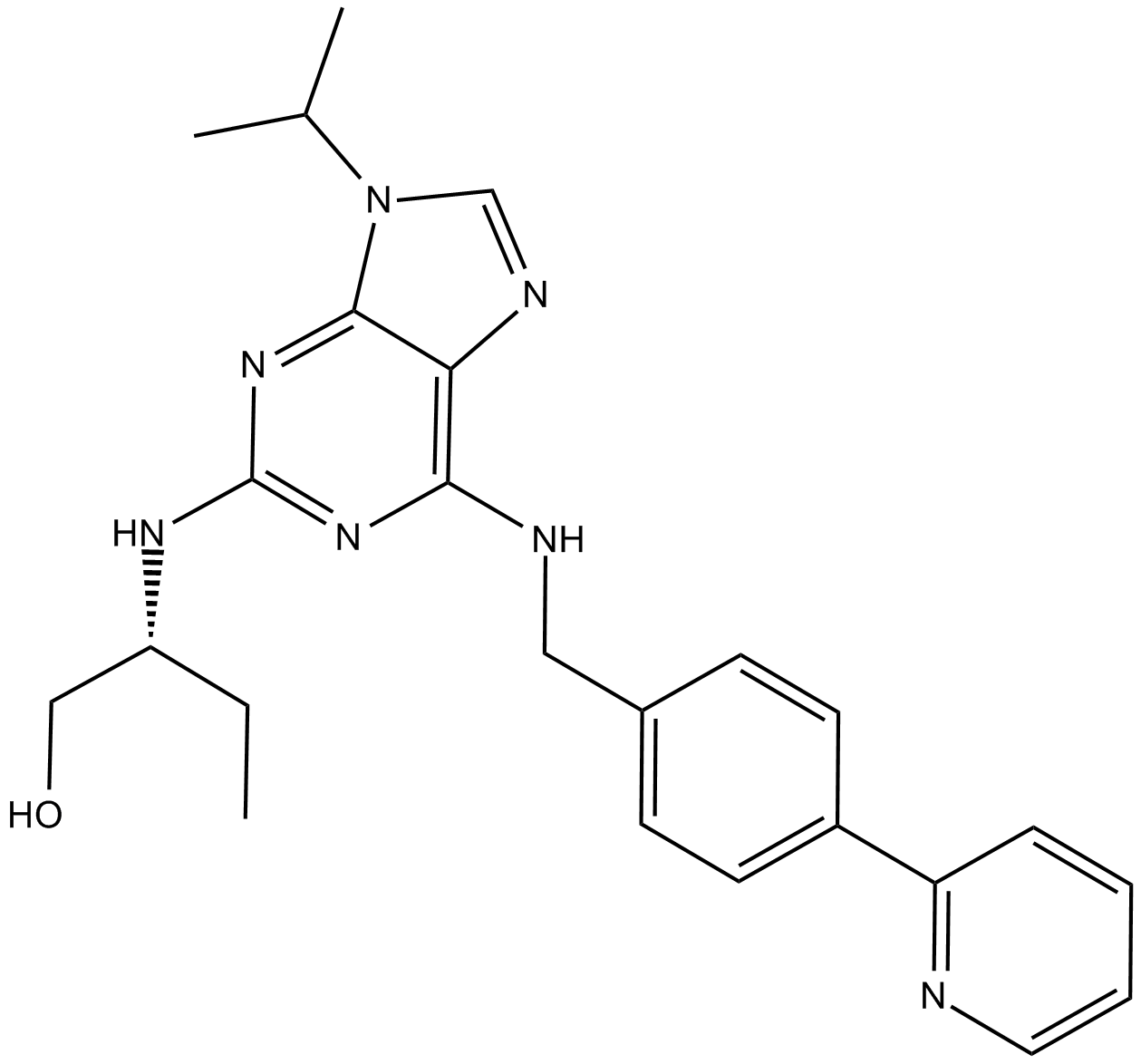 B8549 (R)-CR8 (CR8)Summary: (R)-roscovitin的第二代类似物,也是有效的细胞周期蛋白依赖性激酶(CDK)抑制剂。
B8549 (R)-CR8 (CR8)Summary: (R)-roscovitin的第二代类似物,也是有效的细胞周期蛋白依赖性激酶(CDK)抑制剂。 -
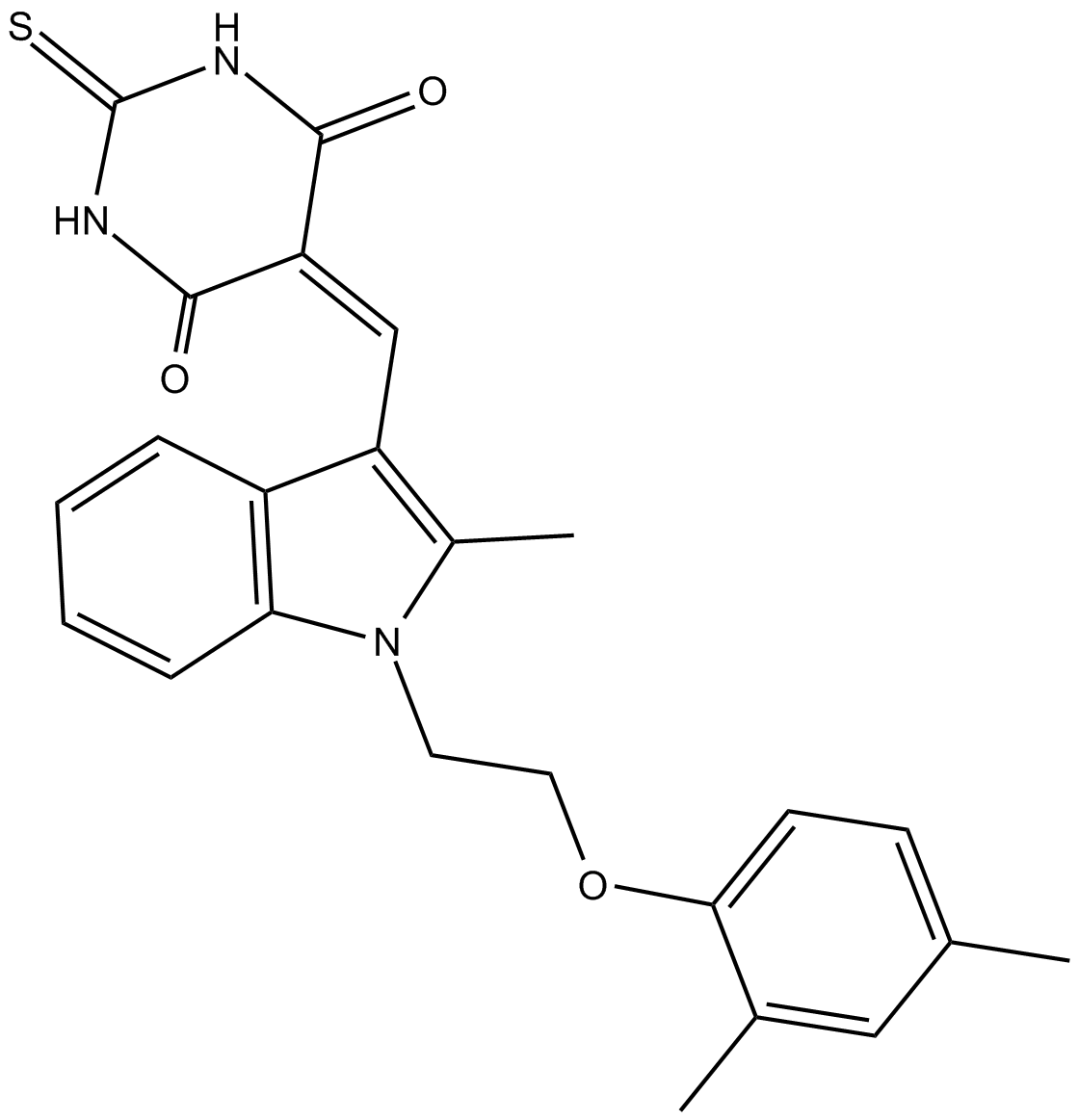 B8555 ZLDI-8Summary: Notch激活/切割酶ADAM-17的抑制剂
B8555 ZLDI-8Summary: Notch激活/切割酶ADAM-17的抑制剂 -
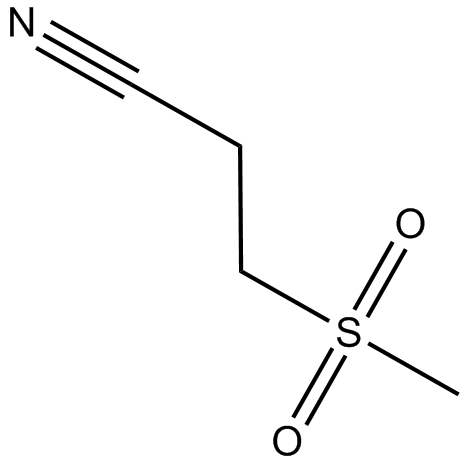 B8526 DapansutrileSummary: 一种新型的、选择性的NLRP3 inflammasome抑制剂
B8526 DapansutrileSummary: 一种新型的、选择性的NLRP3 inflammasome抑制剂 -
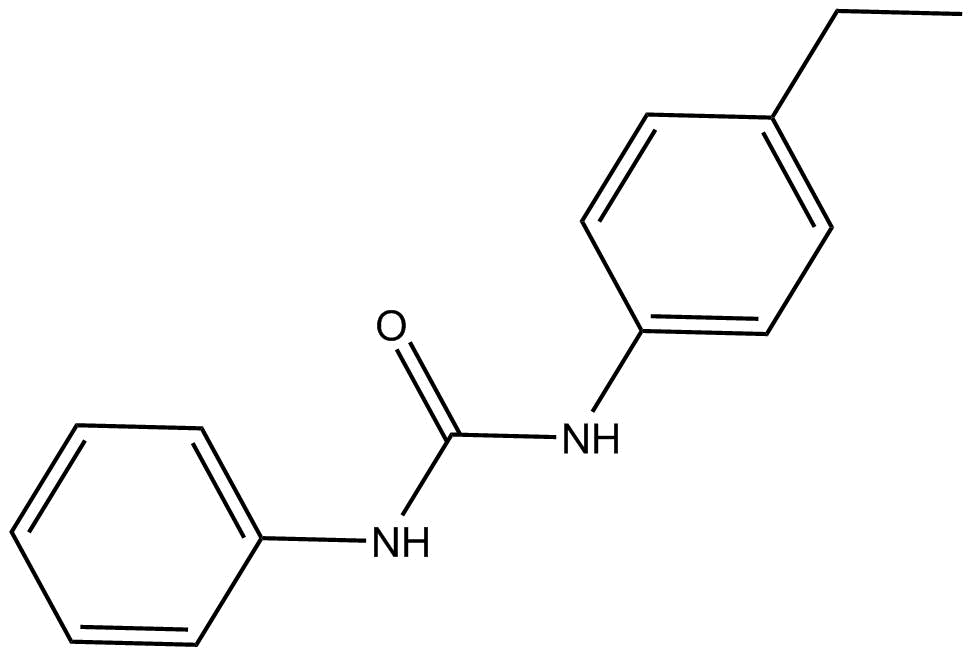 B8509 INH14Summary: IKKα/β依赖性TLR炎症反应的抑制剂
B8509 INH14Summary: IKKα/β依赖性TLR炎症反应的抑制剂 -
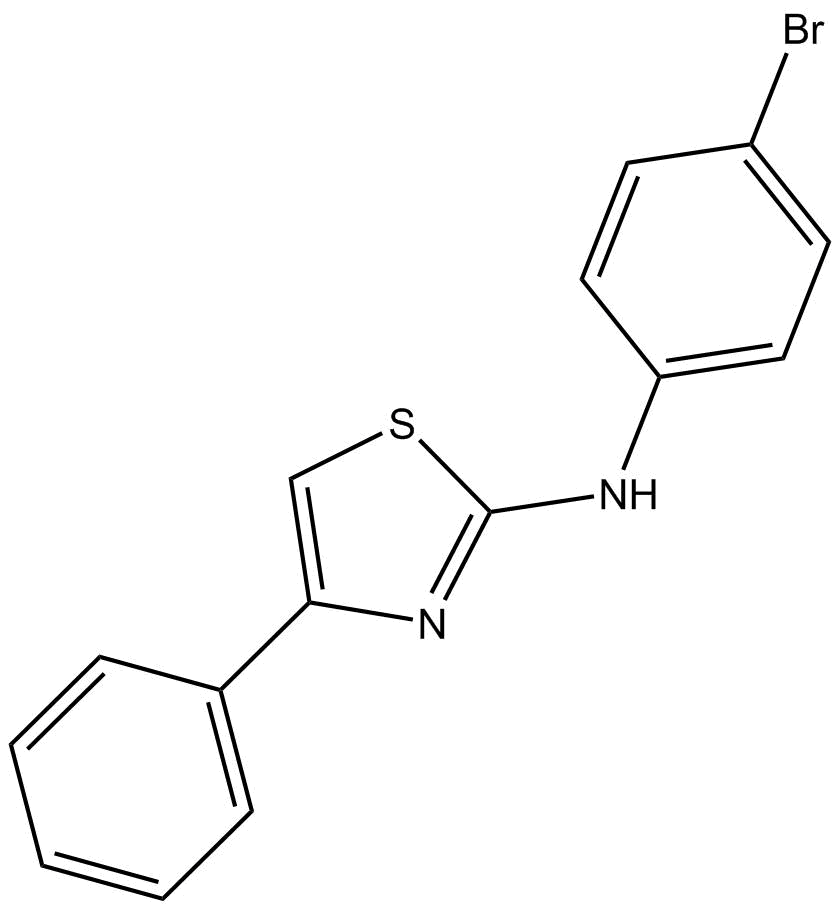 B8499 RCGD423Summary: 一种糖蛋白130调节剂
B8499 RCGD423Summary: 一种糖蛋白130调节剂 -
 B8490 CAY10465Summary: 一种选择性的,高亲和性的芳香烃受体 (AhR) 激动剂
B8490 CAY10465Summary: 一种选择性的,高亲和性的芳香烃受体 (AhR) 激动剂 -
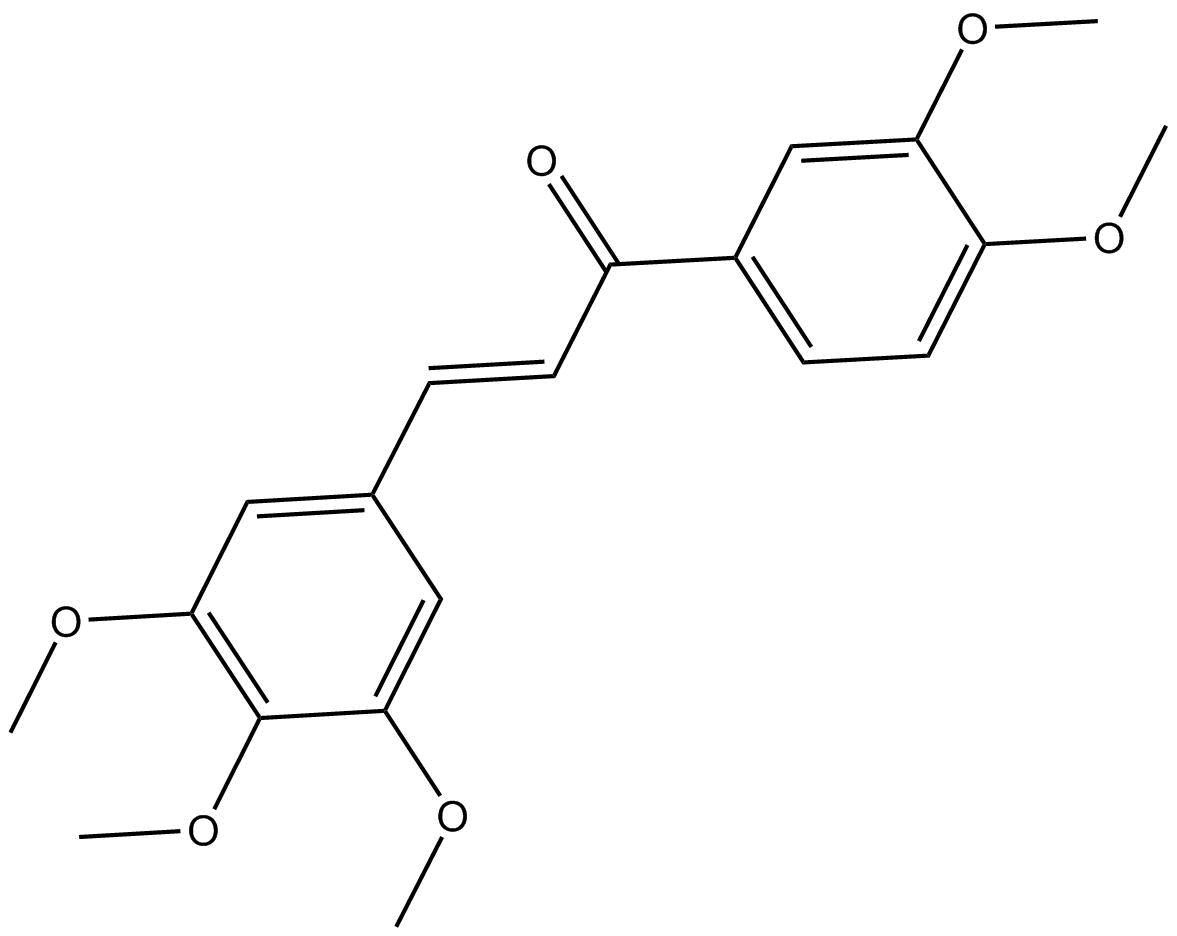 B8487 MD2-IN-1Summary: 髓样分化蛋白 2 (MD2) 的抑制剂
B8487 MD2-IN-1Summary: 髓样分化蛋白 2 (MD2) 的抑制剂 -
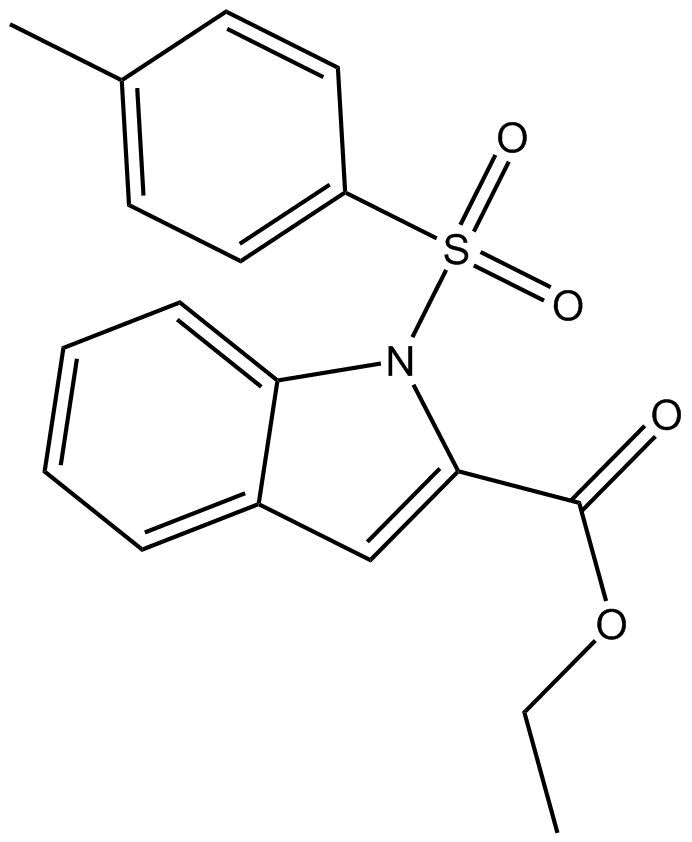 B8474 NOD-IN-1Summary: 一种有效的核苷酸结合寡聚化结构域 (NOD) 样受体 NOD1 和 NOD2 的抑制剂
B8474 NOD-IN-1Summary: 一种有效的核苷酸结合寡聚化结构域 (NOD) 样受体 NOD1 和 NOD2 的抑制剂 -
 B8473 BTZ043Summary: DprE1 的抑制剂
B8473 BTZ043Summary: DprE1 的抑制剂 -
![amyloid A protein fragment [Homo sapiens]](/pub/media/prod_images/a/1/a1053.png) A1053 amyloid A protein fragment [Homo sapiens]Summary: 血浆中与HDL相关的载脂蛋白
A1053 amyloid A protein fragment [Homo sapiens]Summary: 血浆中与HDL相关的载脂蛋白

